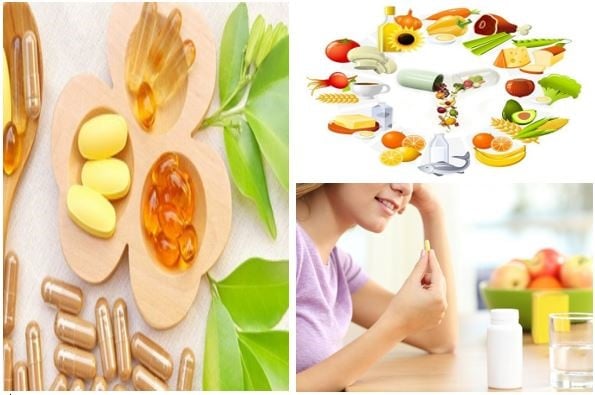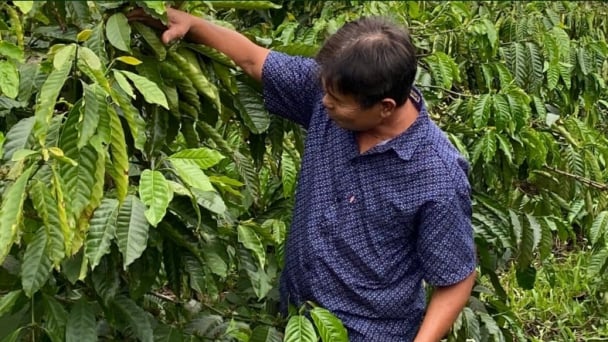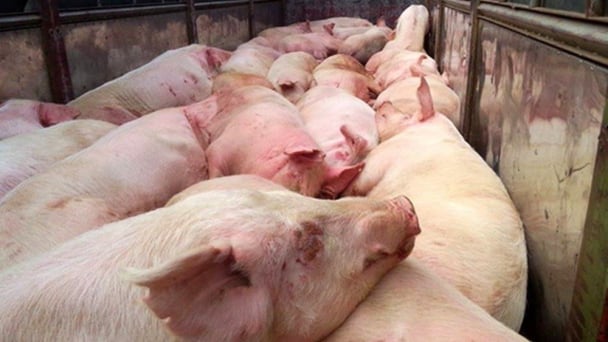June 19, 2025 | 08:01 GMT +7
June 19, 2025 | 08:01 GMT +7
Hotline: 0913.378.918
June 19, 2025 | 08:01 GMT +7
Hotline: 0913.378.918

Photo: TL.
The proposed amendment to Clause 1, Article 1 reads as follows: "1. This Circular governs activities associated with the announcement, labeling, and use of functional foods, including dietary supplements, health protection foods, and medical nutritional foods, including food for special diets."
Clauses 2 and 4 of Article 4 of the requirements for test reports on the effectiveness of use are amended as follows: "2. Effective testing of the use for human health must be conducted at organizations engaged in medical research or at provincial-level hospitals or higher.
The agency that receives the application for publishing registration is responsible for creating a scientific council comprised of specialists in the relevant area to participate in the evaluation of the product's effective test report and other certifications. scientific proof that has been published. The Scientific Council's structure and functioning must be in accordance with applicable legislation. The Council's recommendations serve as the foundation for the management agency's consideration and decision."
Additionally, the proposal seeks to amend Article 1 of the Article 8 requirements on published material for dietary supplements. Clause 1 specifies the following: a) When the content of vitamins and minerals is less than 10% of the RNI; When the content of amino acids, fatty acids, enzymes, probiotics, prebiotics, or other biologically active substances is less than 10% of the amount used for that ingredient stated in the substantiated scientific evidence, the declaration of such substance shall not be recorded;

Health recommendations are only published when the content of vitamins and minerals exceeds or equals 10% of the RNI. Photo: TL.
b) When the content of vitamins and minerals exceeds or equals 10% of the RNI; when the content of amino acids, fatty acids, enzymes, probiotics, prebiotics, or other biologically active substances exceeds or equals 10% of the amount used for that ingredient as stated in the substantiated scientific evidence, the specific name, their content per serving, or both shall be published.
c) The maximum content of vitamins and minerals in food, calculated according to the manufacturer's recommended daily dose, must not exceed the maximum consumption of vitamins and minerals recommended for Vietnamese people;
d) In case Vietnam does not have the RNI level and the maximum consumption level, the regulations of CODEX or relevant international organizations shall apply.
Additionally, the draft proposes to amend Points a, b, Clause 2, announcing Health claims, Article 8 as follows: “a) Health recommendations are only published when the content of vitamins and minerals exceeds or equals to 10% of the RNI; the content of amino acids, fatty acids, enzymes, probiotics, prebiotics or other biologically active substances is greater than or equal to 10% of the amount used for that ingredient stated in the substantiated scientific evidence.
b) For vitamins and minerals that do not have regulations on RNI and maximum consumption levels, the subjects and doses used must be consistent with proven scientific evidence.”
Translated by Samuel Pham

(VAN) After 5 years of implementation, the CAI initiative has helped coffee growers change their farming practices, moving toward responsible agriculture that meets global export standards.

(VAN) The primary prerequisite for the comprehensive and robust integration of Vietnam's livestock sector into the global value chain is the establishment of a disease control system.

(VAN) The results of national programs are essential for establishing a contemporary livestock sector that is well-equipped to meet the demands of both domestic and international markets, with robust biosafety standards.

(VAN) The UNESCO Global Geopark revalidation of Non nuoc Cao Bang and the transition to a two-tier administrative model are presently undergoing a pivotal moment in Cao Bang, the northernmost province of Vietnam.
/2025/06/13/5330-2-004539_953.jpg)
(VAN) Changing policy mindset and removing investment barriers are urgent requirements to open up new development space for enterprises in the agricultural sector.

(VAN) The areas include the restoration of five million hectares of marine ecosystems.

(VAN) Dr. Le Van Nguyen, Director of the Institute of E-Commerce Management (ECM), emphasizes the potential for green development through the cultivation of fruit trees, particularly in provinces such as Son La.